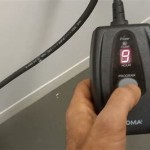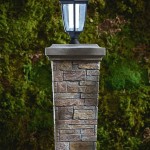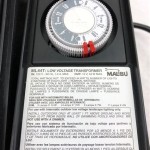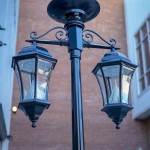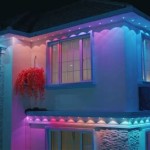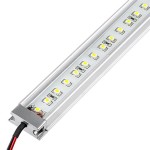How To Clean Outdoor Light Bulbs
Maintaining the cleanliness of outdoor light bulbs is crucial for maximizing their lifespan and ensuring optimal illumination. Dirt, dust, insects, and other debris can accumulate on the surface of the bulbs, hindering the light output and potentially causing premature failure. Cleaning outdoor light bulbs is a straightforward process that can be accomplished with minimal effort and readily available materials.
Safety Precautions
Before embarking on any cleaning task, safety should be prioritized. Outdoor light bulbs can become quite hot, especially during operation. It is imperative to allow the bulbs ample time to cool down completely before attempting any cleaning or maintenance. This can take several hours, depending on the type of bulb and ambient temperature. Always disconnect the power supply to the fixture before touching the bulbs. This is a vital step in ensuring personal safety and preventing accidents. Wear gloves to protect your hands from any sharp edges or broken glass. Safety glasses are also recommended to shield the eyes from any potential debris.
Cleaning Methods
The cleaning method employed will largely depend on the type of outdoor light bulb. For traditional incandescent bulbs, a simple wipe with a damp cloth is usually sufficient. Avoid using abrasive cleaners or harsh chemicals on incandescent bulbs, as these can damage the filament. For LED bulbs, a soft cloth dampened with water or a mild cleaning solution like rubbing alcohol can be used. LED bulbs are generally more durable and resistant to damage than incandescent bulbs. However, avoid excessive pressure when wiping, as this can damage the delicate LED components. If your outdoor light bulbs are encased in glass or acrylic, a specialized cleaning product designed for these surfaces may be necessary. Always follow the manufacturer's instructions for cleaning delicate surfaces, such as those with frosted or textured finishes.
Cleaning Specific Types of Bulbs
For fluorescent bulbs, it is important to avoid direct contact with the glass tube. Fluorescent bulbs contain mercury, which can be harmful if released into the environment. If the bulbs are dusty or dirty, carefully clean them with a dry cloth or brush. If the bulbs become heavily soiled, gently wipe them with a damp cloth. However, avoid excessive moisture, as this can damage the ballast and shorten the bulb's lifespan. For high-pressure sodium (HPS) bulbs, it is important to avoid touching the glass envelope. These bulbs can become extremely hot and can crack or shatter if exposed to direct pressure or shock. Instead, use a dust brush or vacuum cleaner with a soft brush attachment to remove dirt and debris. For metal halide bulbs, a soft cloth or brush can be used for cleaning. However, avoid excessive pressure or abrasive cleaners, as these can damage the quartz envelope and shorten the bulb's lifespan.
Finally, it is crucial to avoid exposing any type of outdoor light bulb to harsh chemicals or cleaners, as this can damage the bulbs and shorten their lifespan. Always consult the manufacturer's instructions for specific cleaning guidelines and recommendations for different bulb types.

How To Clean A Suspended Light Socket

Cleaning Light Fixtures Do S Don Ts For Clean Lights

How To Repair String Lights Hunker

How To Repair String Lights Hunker

Cleaning Light Fixtures Do S Don Ts For Clean Lights

Clean Outdoor Light Bulbs Tiktok Search

How To Repair String Lights Hunker

How To Change An Outdoor Porch Lantern Sconce Light Bulb Simple Diy Do It Yourself Procedure Hq

The Lighting Trick To Make Your Home Feel 100x Cleaner Cafe Lights Outdoor Light Bulbs

How To Repair String Lights Hunker
